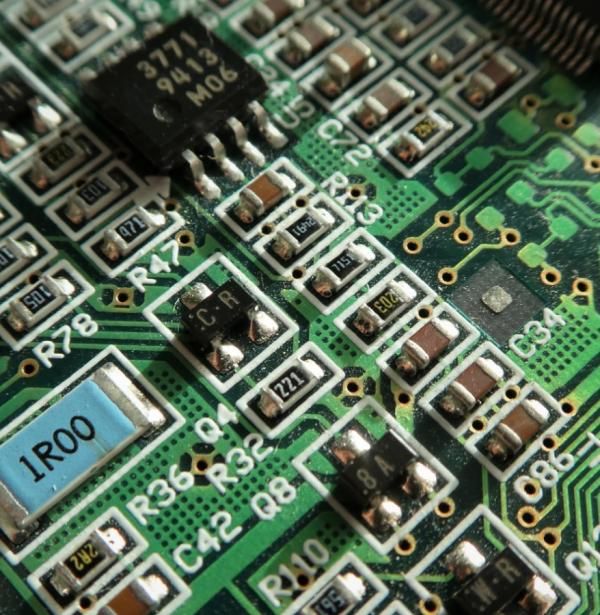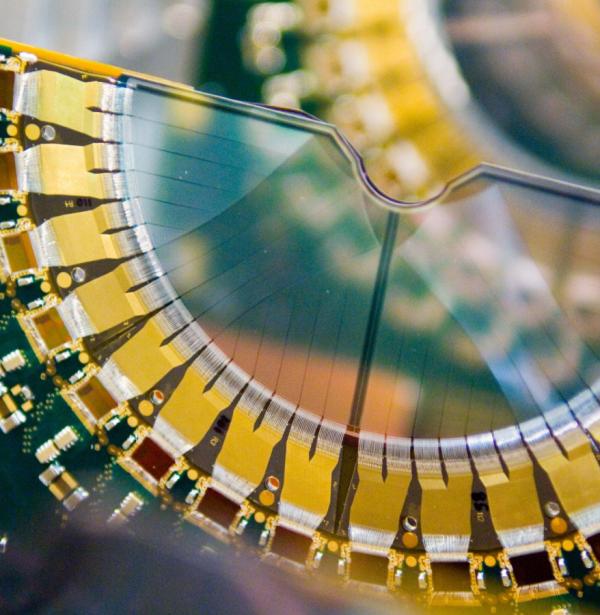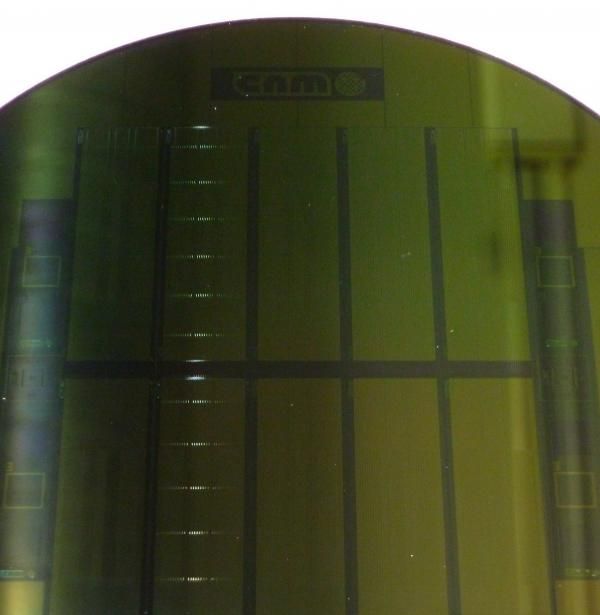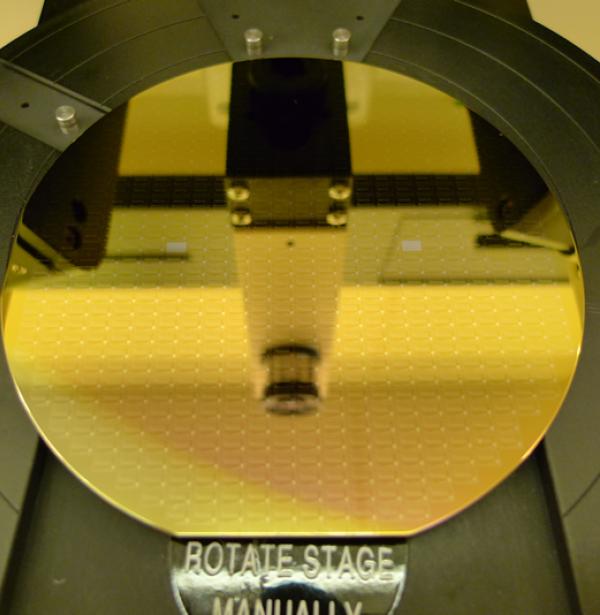The IMB-CNM collaborates in a project with 75 institutions from over 13 countries to improve reliability for electronic components
Intelligent Reliability 4.0 (iRel40) is an international project to enhance the ECS reliability, a “must have” to fulfil customer demands and the needs of an increasingly more complex environment.












